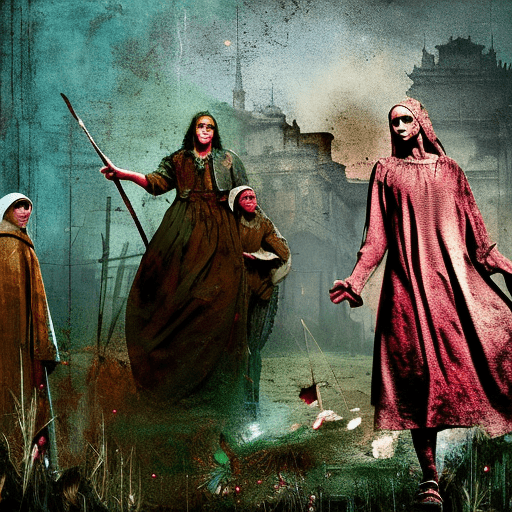One-line summary:
Mary Barton is a novel by Elizabeth Gaskell that explores the social and economic issues faced by the working class in 19th-century Manchester, highlighting the divide between the rich and the poor.
The Struggles of the Working Class
Mary Barton takes place in the industrial city of Manchester during the early 19th century, a time when the working class faced immense hardships. The story revolves around Mary Barton, a young woman from a poor family, and her experiences as she navigates the challenges of poverty and inequality. Gaskell vividly portrays the harsh living conditions, long working hours, and meager wages that the working class endured during this era.
Mary’s father, John Barton, is a proud and hardworking man who is deeply affected by the poverty and suffering around him. He becomes involved in the labor movement and advocates for better working conditions and higher wages. However, as the economic situation worsens, tensions rise between the workers and the factory owners, leading to strikes and violence.
A Tale of Love and Loss
Amidst the struggles of the working class, Mary Barton finds herself torn between two men: Jem Wilson, a fellow worker and childhood friend, and Henry Carson, the son of a wealthy mill owner. Jem represents the familiar and comforting world of the working class, while Henry offers Mary a glimpse into a life of wealth and privilege.
As Mary becomes entangled in a love triangle, tragedy strikes when her father is murdered. The novel delves into the themes of grief, justice, and forgiveness as Mary seeks to uncover the truth behind her father’s death. Through her journey, Gaskell explores the complexities of class divisions and the impact they have on personal relationships.
The Power of Empathy and Understanding
One of the central messages of Mary Barton is the importance of empathy and understanding between different social classes. Gaskell highlights the need for compassion and dialogue in order to bridge the gap between the rich and the poor. Through the character of Mary, who evolves from a naive young woman to a more empathetic and compassionate individual, the novel emphasizes the power of human connection in overcoming societal divisions.
In the end, Mary Barton serves as a powerful critique of the social and economic inequalities of the time. Gaskell’s vivid descriptions and compelling characters shed light on the struggles faced by the working class, while also exploring themes of love, loss, and the pursuit of justice.
- The novel explores the social and economic issues faced by the working class in 19th-century Manchester.
- It highlights the stark divide between the rich and the poor, and the hardships endured by the working class.
- The story revolves around Mary Barton, a young woman navigating poverty and inequality.
- The novel delves into themes of love, loss, and the pursuit of justice, as Mary grapples with a love triangle and seeks to uncover the truth behind her father’s murder.
- One of the central messages is the importance of empathy and understanding in bridging the gap between different social classes.
“The poor are human creatures, my dear, with the same faculties and the same feelings as ourselves.” – Elizabeth Gaskell
Mary Barton serves as a poignant reminder of the social injustices and inequalities that plagued 19th-century industrial society. Through its vivid portrayal of the struggles faced by the working class, the novel prompts readers to reflect on the power of empathy, understanding, and the need for a more equitable society.












